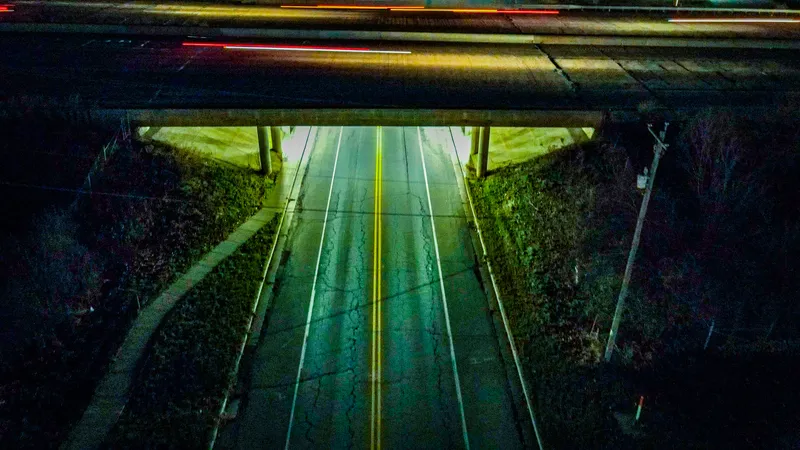It was while on vacation in Providence, Rhode Island that Jim Larsen had a Eureka! moment
January 20, 2012
Read time: 3 mins

It was while on vacation in Providence, Rhode Island that Jim Larsen had a Eureka! moment
In 2001, Jim Larsen was a traffic operations engineer with Ada County Highway District (Established in 1972 as an independent government entity, it is responsible for all planning, construction, maintenance, operations, rehabilitation and improvements to Ada County's urban streets, rural roadways and bridges. Geographically, the district's jurisdiction includes the cities of Boise, Eagle, Garden City, Kuna, Meridian, Star and the unincorporated areas of Ada County; it is the only consolidated countywide
highway district in the State of Idaho.
Project:
Use of camera lowering technology
Benefits:
• 92% per cent saving per year in maintenance costs
• 65-80% less time per CCTV site cleaning and maintaining the cameras
• No freeway lane closures or traffic control are needed to maintain CCTV cameras
• Greater CCTV mounting heights
• Camera maintenance is now a one -man job
• Better choice of camera location
ACHD has the only TMC in the State of Idaho that operates 5:30am-6:30pm Monday to Friday which is jointly funded by ACHD and the Idaho Transportation Department.
District staff maintain over 550 IP/Ethernet devices, and with only two electronic technicians to maintain all ITS devices, they are always looking for ways to cut ITS maintenance costs and also improve efficiency.
Cut costs
And that's how Jim Larsen's Eureka! moment came about."While on vacation back in Providence, Rhode Island, in 2001, I was travelling down I-95 and saw the 25m (80ft) camera lowing poles on the freeway," Larsen explains. "I realised this may be a great way to cut costs associated with cleaning and maintaining our CCTV cameras."
After thoroughly investigating camera lowering poles and technology, in 2002 ACHD decided to begin changing existing 15.25m (50ft) fixed CCTV poles on I-84 and I-184 in the Boise region to the
"The benefits of this technology are significant in a whole range of areas," Larsen says. "In cost terms, ACHD is saving 92 per cent per year in maintenance costs with the 22 CCTV lowering poles we now have in place.
We have also achieved lower design costs for camera/pole installation projects because fewer cameras are needed with the greater CCTV mounting heights we now have, such as around 20m (70ft) at major freeway interchanges in Boise. Also, camera maintenance is now a one-man job whereas two were needed in the past with fixed camera poles." Although contributing significant cost savings, other benefits also greatly improve operational and maintenance factors. For instance, Larsen has calculated that 65-80 per cent less time per CCTV site is needed to clean and maintain cameras. consideration.
"We can now clean a camera on a lowering pole in 15 minutes per site, whereas fixed poles required 40-75 minutes per site, depending on traffic control." And that highlights another key benefit: no freeway lane closures or traffic control are needed to maintain CCTV cameras on lowering poles, which not only benefits drivers with less freeway delay, but is inherently safer for maintenance crews. Indeed, as Larsen points out, since no bucket trucks are needed to clean or maintain cameras, ACHD is not limited by their 15m height limitation. Devices can be installed at the most desirable operational height, and there is a much better choice of pole locations because bucket truck access is no longer aconsideration.









